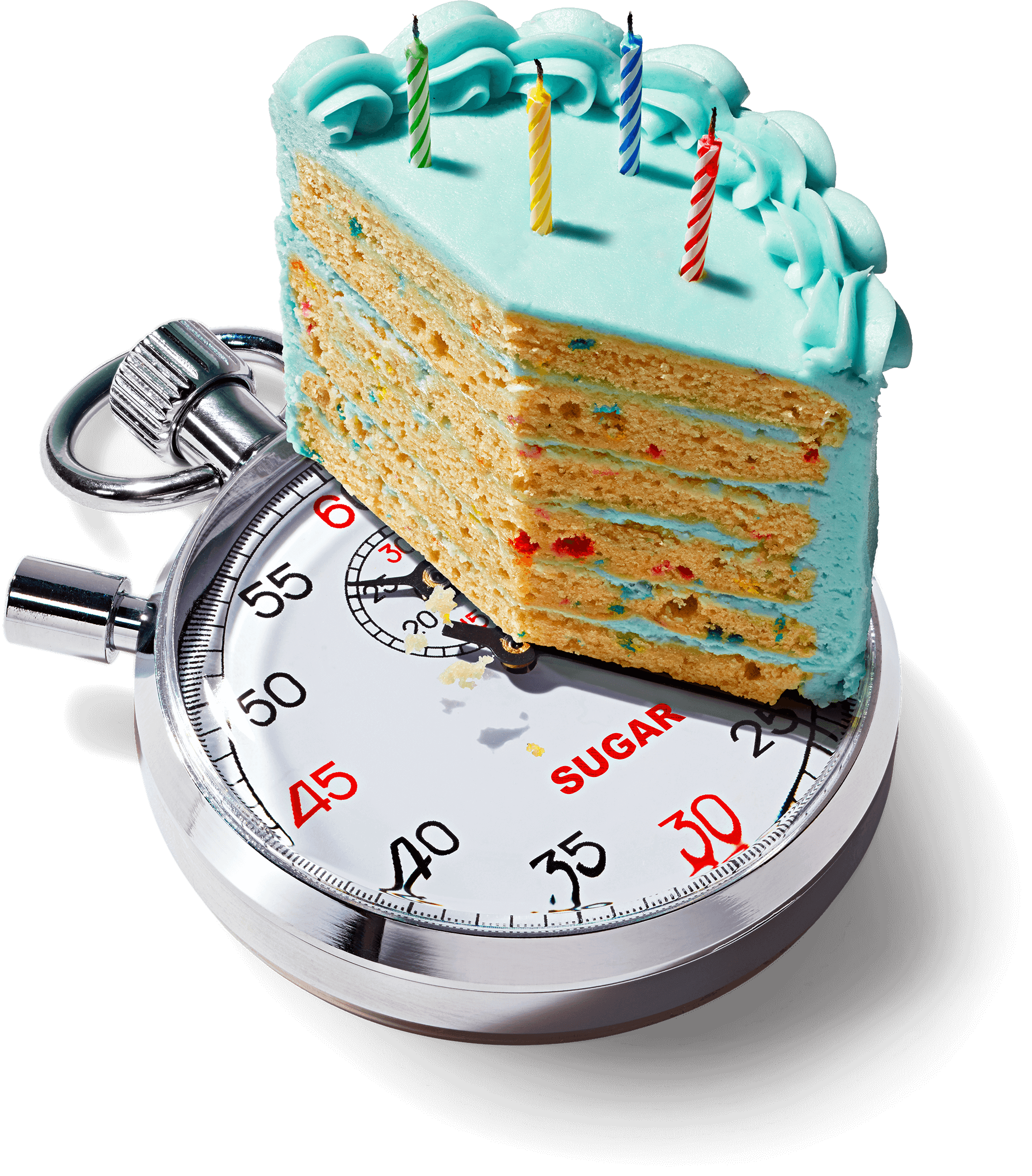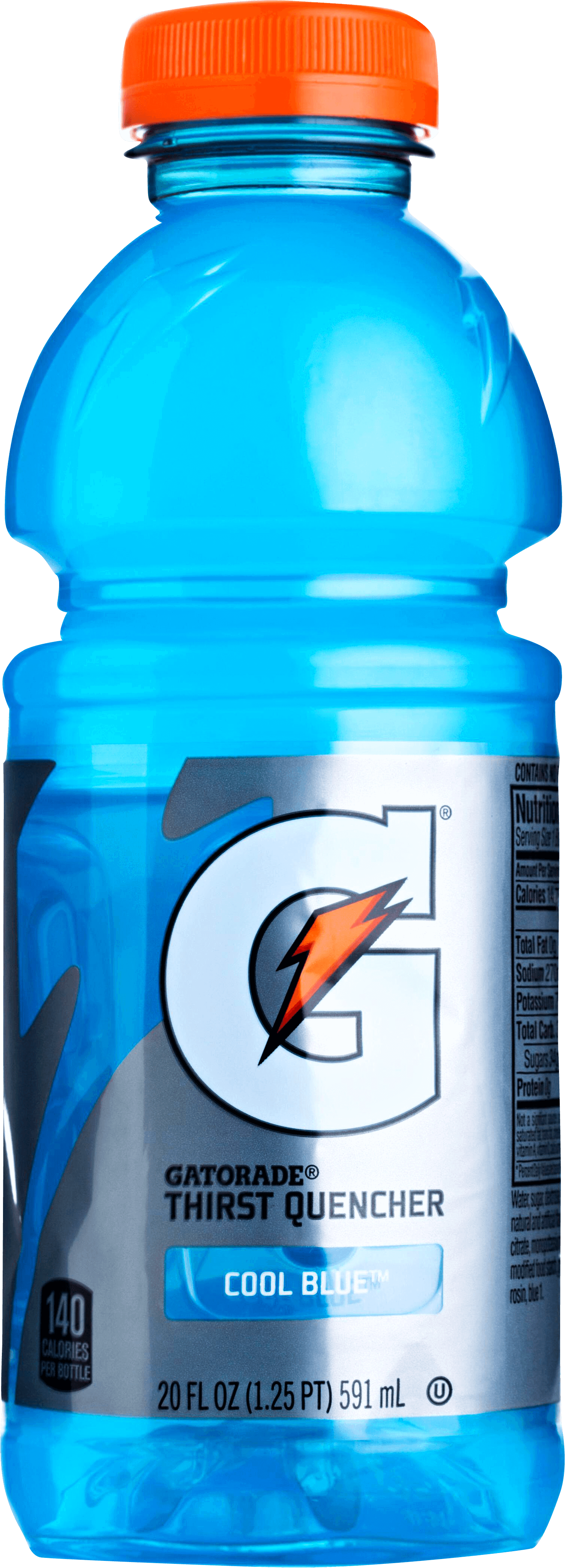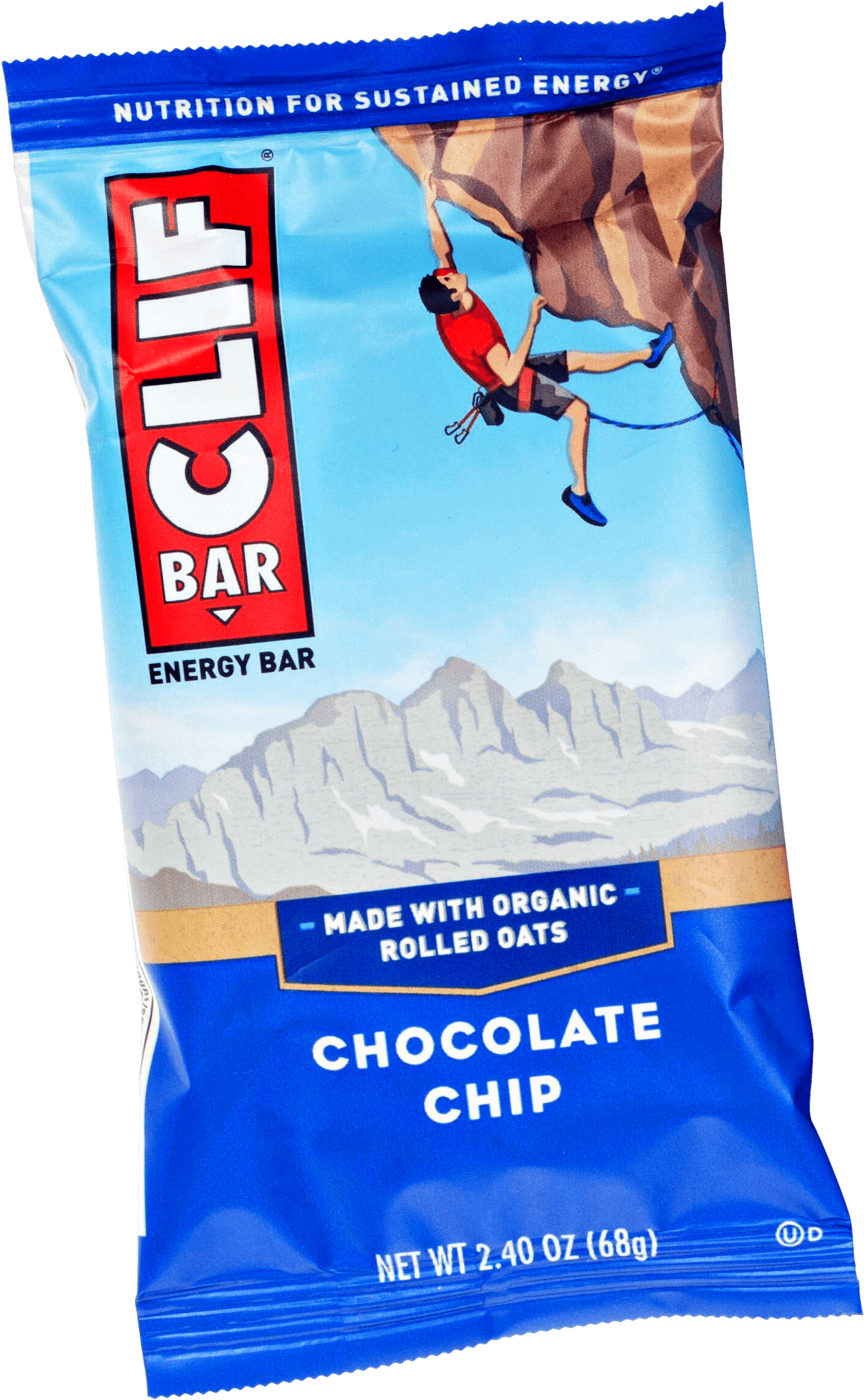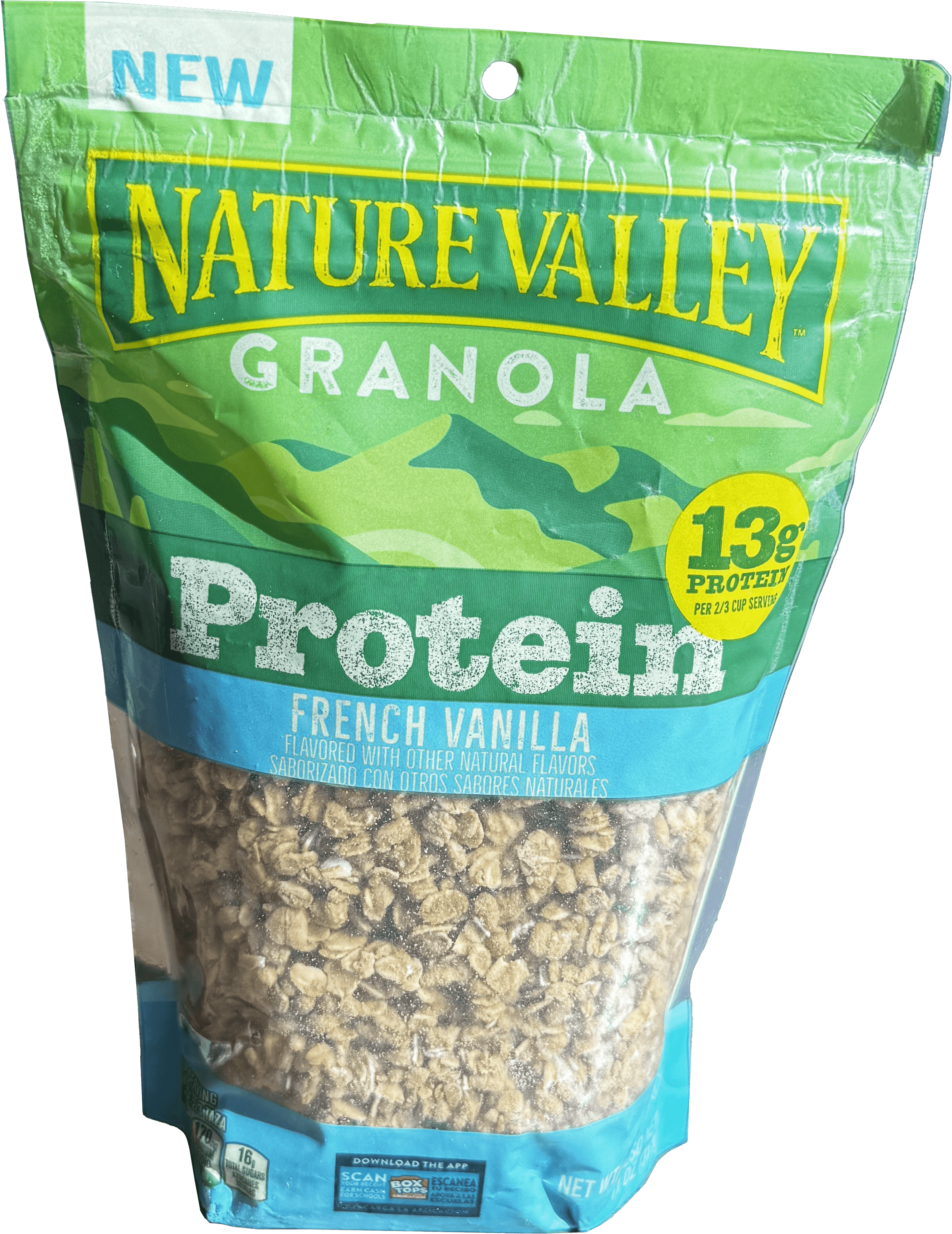Your Health
10 WAYS TO HELP CURB SUGAR CRAVINGS
Simple and effective strategies to keep your sweet tooth from undermining your health

You don’t need another reason to cut down on sugar. From the problematic (cavities, weight gain) to the downright dangerous (diabetes, heart disease, stroke), sugar makes just about everything worse. A recent review of more than 8,600 research papers, published in The BMJ, found 45 negative health effects from sugar, including increased risk of asthma, depression and several types of cancer.
But just try to resist the free doughnuts in the office, the cookie tray at the party, the cold sweet tea on a hot summer’s day. We don’t just like sugar; we crave it. Indeed, more than 90 percent of Americans experience food cravings, according to studies.
And we don’t have to be hungry to seek out sugar. Hormonal shifts, habits, even boredom contribute to our desire for sweets. Sugar actually has a physical effect on the brain, triggering the release of feel-good hormones such as serotonin and dopamine.
As a result, the average American consumes 17 teaspoons of added sugar a day—about two to three times the amount the American Heart Association recommends.
Enjoying a piece of your grandchild’s birthday cake or a fancy dessert on a big night out makes sense. But that’s different from the incessant noshing and mindless sweet snacking that often ratchet up our sugar intake. To help tame your sweet tooth, try these simple strategies.
1. EAT A PROTEIN-PACKED BREAKFAST
Foods high in sugar or carbohydrates spike insulin levels in your bloodstream. When your blood sugar drops again in an hour or two, you will find yourself craving your next fix.
You can get off the blood sugar treadmill—and keep cravings at bay—by starting off your day with a breakfast high in protein. Think eggs, Greek yogurt, cottage cheese or a smoothie with protein powder.
Protein gives you energy while keeping your blood sugar levels stable. A study published in Nutrition Journal found that people who ate a breakfast high in protein (40 percent protein) had fewer food cravings than those who skipped breakfast or had a breakfast that was only 15 percent protein.
2. FOCUS ON SLEEP
When Columbia University researchers analyzed the sleep and eating habits of more than 500 women, they found that those who slept poorly consumed significantly more added sugar than those who got a good night’s sleep.
“Poor sleep can affect the brain’s rewards center and make you really attracted to unhealthy or sugary foods,” says study coauthor Brooke Aggarwal, assistant professor of medical sciences at Columbia University Medical Center. Sleep deprivation also suppresses signals of fullness, meaning you may eat more of each snack when you’re tired.
3. PINPOINT YOUR SUGAR TRIGGERS
Do you reach for a treat when you’re anxious? Lonely? Bored?
Some people wolf down a sleeve of cookies when they need a distraction from a hard project at work. Others devour a bowl of ice cream to treat themselves after a hard day.
“A lot of times what we really want is a hug.... But we find ourselves in the kitchen, looking for something to make us feel better,” says Anne Alexander, author of The Sugar Smart Diet. “Really think about what is driving your cravings. Do you want the sweet, or do you really want the hug?”
Once you identify your triggers, make a list of alternative ways to handle those feelings. Maybe it’s listening to music, reading a book, watching a favorite TV show or having a long phone call with a friend. Post the list where you will see it the next time the chocolate chip cookies are calling your name.
4. REMOVE TEMPTATION
Keeping foods you can’t resist out of the house is one of the easiest and most powerful ways to reduce cravings, says psychologist Evan Forman, director of the Center for Weight, Eating and Lifestyle Science at Drexel University. In fact, our brain’s reward centers are activated by just the sight of foods such as chocolate, studies show.
If you have a spouse who insists on keeping sweets in the house, put those foods out of sight and out of reach, perhaps in a container at the back of a top cabinet, Forman suggests. Then keep healthier snacks—fruit, nuts and cut-up vegetables—within reach.
“If you don’t see the Oreos, your brain won’t say, ‘I have to have it,’” Forman says.
5. SET A THREE-BITE RULE
Some people who try to swear off sweets end up losing self-control and bingeing. If that tends to happen to you, consider giving in to your craving, but limit yourself to a very small portion, suggests Jamie Pope, a registered dietitian and assistant professor of nutrition at Vanderbilt University School of Nursing.
The first two or three bites give you “the most aesthetic bang for your buck,” Pope says. “Enjoy several bites and try to relish it,” then put the food away.
6. KEEP YOUR MOUTH OCCUPIED
Sometimes you can satisfy your sweet tooth by choosing a food that’s naturally sweet, such as a banana, raspberries, grapes or blueberries. To make fruit taste even sweeter, try freezing it, Pope suggests.
For an indulgence that feels more like dessert, go for a frozen fruit bar with no added sugar. Or munch on a piece of gum. Research has found that chewing gum can help suppress a desire for sweets.
A cup of hot tea naturally sweetened by cinnamon, peppermint or raspberry is an even healthier option. You can find (unsweetened) teas in dessert flavors such as double dark chocolate and almond coconut macaroon.

7. COUNT TO 25
After Rush University researchers rigged a vending machine to build in a 25-second delay when someone chose an unhealthy item, they found that people often switched to a healthy option. It worked because humans prefer immediate gratification, the researchers said. So the next time a craving comes on strong, stop where you are, take a deep breath and slowly count to 25. (The trick: You can allow yourself to have something healthy right away, but you have to wait if you want something sugary. Use the extra time to ask, Do I really want this?)
8. WALK IT OFF
If 25 seconds isn’t cutting it, try going for a 15-minute walk. In one small study, University of Exeter researchers found that a brisk 15-minute walk reduced cravings.
“Don’t say, ‘I’m not going to eat that’ ” and try to march off your cravings, Pope says. Instead, tell yourself that if you still want it when you come back, you can have it. Chances are, you will feel more in control after the break than you did in the moment, Pope says, making it easier to combat cravings.
9. TRY ‘URGE SURFING’
Urge surfing is a mindfulness technique first used to help with drug and alcohol addiction. “It’s one of those strategies that people tend to say right off the bat is successful,” Forman says.
To try it, take notice the next time a craving hits and reassure yourself that it’s normal, Forman says. Pay attention as the urge gets stronger, crests and starts to subside, just like a wave. It may help to talk yourself through it, Forman says: I feel the craving getting stronger. I’ll let it carry me. I don’t need to eat to make it go away.
10. GO COLD TURKEY
If there’s a food you simply can’t resist, commit to cutting it out of your diet completely for just one month, Forman says.
Although the first week or two will be difficult, if you can last for a month using the strategies above, your brain will adjust, Forman says, and your craving for the food should drop significantly.
“Once your brain adjusts to the fact that it’s just something you don’t eat, you will probably stop desiring or craving it altogether,” he explains.
Michelle Crouch covers health and personal finance for Reader’s Digest, Real Simple and The New York Times.
HOW MUCH SUGAR IS IN THAT?
The American Heart Association recommends limiting calories from added sugars—from granulated sugar, corn syrup, even honey—to no more than 6 percent of calories each day. For most American women, that’s no more than 100 calories per day, or about 6 teaspoons of sugar. For men, it’s 150 calories per day, or about 9 teaspoons. It’s very easy to quickly go over that. Check out the sugars in these foods.

13 tsp.
Starbucks 16-ounce Peppermint Mocha

8½ tsp.
20-ounce Cool Blue Raspberry Gatorade

4 tsp.
Chocolate chip Clif Bar

8⅔ tsp.
⅔ cup Ben & Jerry’s Cherry Garcia ice cream

4 tsp.
⅔ cup Nature Valley French Vanilla granola